Hue's Imperial Citadel is one of a handful of key historical sites in Vietnam. We've been visiting for decades and our March 2023 visits were the best we've ever made. The rush to rebuild seems to have slowed - a very good thing. Our late afternoon visits meant there were no crowds and the place had real atmosphere.
This is an evocative site - especially if you know its significance in Vietnamese history.
Built from 1802, the Citadel isn’t terribly old. War. War neglect and time, have all taken their toll over its two century existence. Much of the complex was damaged in twentieth century wars against French colonial invaders and US backed South Vietnamese forces. After the end of the Vietnam War in 1975, resources were scarce for heritage preservation. The past decade has seen big increase in efforts to restore the Citadel precinct - sometimes too much effort...
Set back from the Perfume River, the Imperial Citadel dates from the beginning of the nineteenth century and the founding of Vietnam’s last royal dynasty. The Nguyen kings, whose rule was mostly blighted by French colonisation, nominally ruled from within the citadel walls until the last king, Bao Dai, abdicated here in favour of Ho Chi Minh’s revolutionary forces in 1945.
Construction commenced in 1804 following founding Emperor Gia Long’s successful unification of Vietnam. The structure is modelled on Beijing’s Forbidden City. French experts were recruited to lend their engineering expertise. The walls are built in accordance with the principles of 17th century French military engineer, Vauban.
The early 19th century was a time when creeping French influence throughout Vietnam seemed to be relatively benign. By the last decades of the nineteenth century however, the French had colonised the whole of Vietnam and located their colonial base in Hanoi. The Nguyen Emperors were reduced to figureheads - some willingly, others reluctantly.
The abdication of Emperor Bao Dai in September 1945, marked the end of the troubled Nguyen Dynasty and ushered in a period of turmoil in Vietnam that took a tragic toll on the country and the citadel alike.
A fire swept through in 1947 destroying many of the imperial buildings.
In 1968, in the Tet Offensive’s Battle of Hue, one of the Vietnam War’s most deadly confrontations, took place in and around the citadel. Only a handful of structures survived the US aerial bombings and ground battles as North Vietnamese forces fought to hold on to the symbolically important terrain.
The National Liberation Front (NLF) flag flew from the citadel’s massive flag tower for three weeks before South Vietnamese and US forces succeeded in reclaiming the shattered imperial structure. The damage wrought by shelling and automatic weapons fire is still visible around the complex walls.
Since its listing as a World Heritage site in 1992, many ruined buildings have been restored. The levelling of the vast Forbidden Purple Palace in 1968 left nothing for restoration. A complete rebuilding of some of these structures has been under way. Only a few years ago it self more like a theme park than an historical site.
The complex is a ruin - and that’s central to its history. While some recreation makes sense, the ruins should also be embraced. It felt like that important balance was about right in 2023.
We noted one important positive development in 2023. A section of the Citadel that was destroyed in 1968 will be left for remembrance. Markers have been placed where the structures once stood. It may be the best place to ponder the tragic history of this place and it's a simple and meaningful addition to the place.
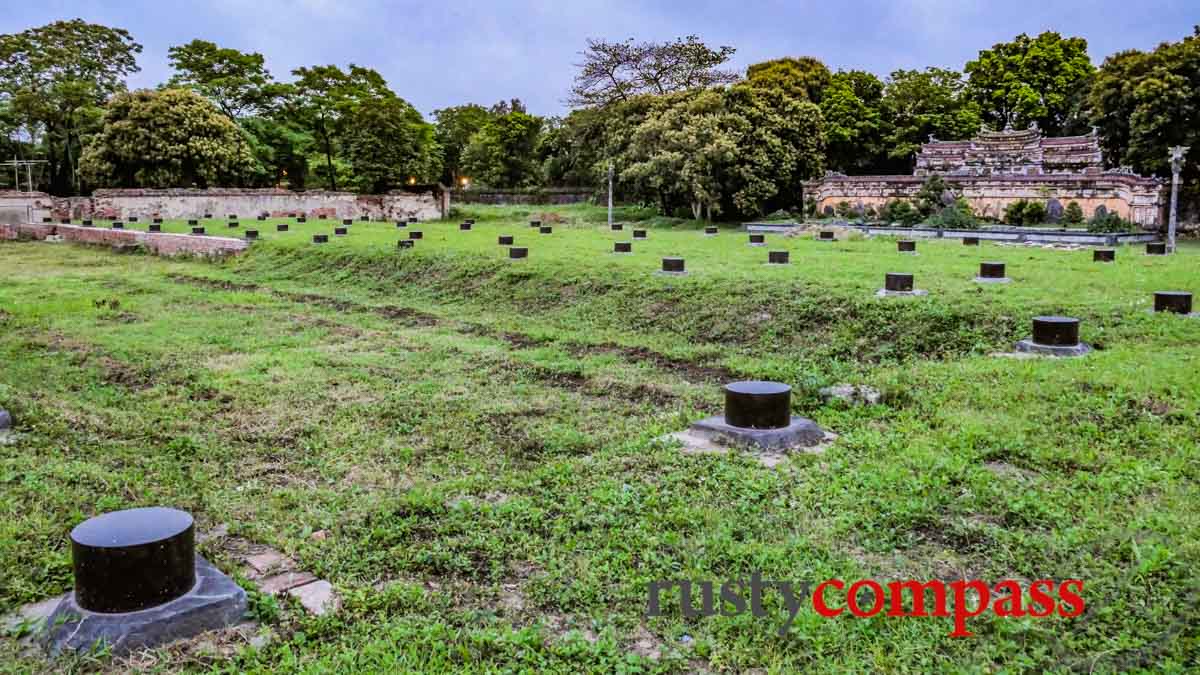
Photo: Mark Bowyer Hue Citadel - The royal structures that once stood here and were destroyed in twentieth century wars will not be rebuilt.
The history here is painful and challenging for all sides in Vietnam's turbulent twentieth century. You get the sense a narrative hasn't yet been settled on so most of the stories of the citadel go untold to travellers.
Bao Dai’s dramatic abdication in 1945 warrants only a couple of sentences. The Battle of Hue goes largely unmentioned. Visitors are left wondering?
The last king, Bao Dai, installed a tennis court which has been upgraded and now looks like a suburban tennis court anywhere in the world. It's presumably used by local officials. A sign at the front provides an insight into the questionable heritage values of the citadel's current custodians. It reads, "The restoration of King Bao Dai's tennis court aims at restoring one construction of historic value, serving tourist purposes, positively improving environment, and embellishing the landscape of the Forbidden Purple City".
For now at least, the Forbidden City’s rich tales of people, intrigue and battles, remain forbidden. Most travellers leave the place clueless.
A small allocation of funds to provide proper historical signage and descriptions, as well as insights into the people and events that took place here, would massively enhance the travel experience. For their 200,000VND, travellers receive a ticket from a dependably surly attendant and that's it.
Allow at least two hours for a comfortable stroll through the citadel grounds and start early or late to avoid the heat and crowds.
While the main sights - the Flag Tower, the Ngo Mon Gate, the Thai Hoa Palace, the Forbidden Purple City and the Ancestral Altars are easily covered more quickly, straying from the main route to the outer reaches and walking amidst the ruins, will give you a better sense of the scale of the place and the devastation that was wrought here.
A cycle or walk around the perimeter is also a nice way to get a sense of the scale of the place.
Travel Tips -
The citadel is downtown and can easily be reached by bicycle, cycle, motorcycle taxi (xe om) or on foot.
Approach on foot from the outer wall. This will give you a better sense of the scale of the place and give you some time to think about it all before you hit the crowds at the main entrance.
It's not made clear but you enter and exit the Citadel at different places that are hundreds of metres apart. Travellers are left confused - that seems to be the point. Presumably it's a boost to the cyclo driver / motorcycle taxi economy. Not such a great thing for tourists.
The citadel is large, mainly uncovered and can be crowded and very hot. Early mornings and late afternoon will be the most pleasant, least crowded and most picturesque. Bleak wet days can be atmospheric if you have necessary cover.
If you’re in a hurry, a walk around the exterior of the citadel is worthwhile.

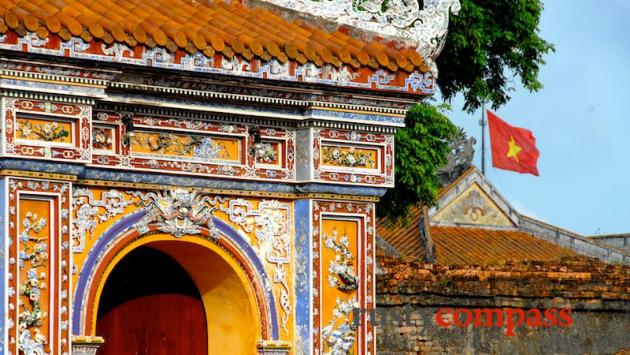
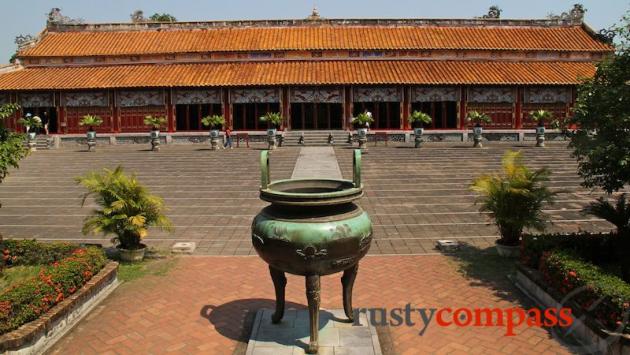
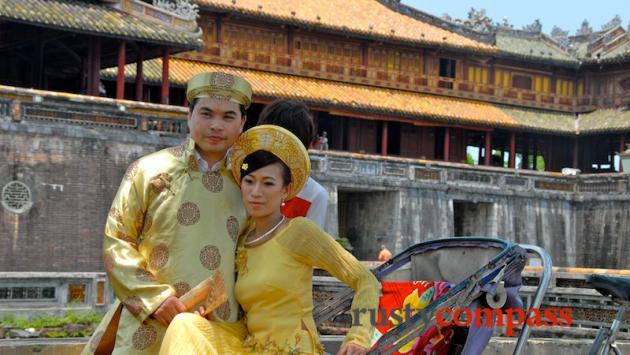
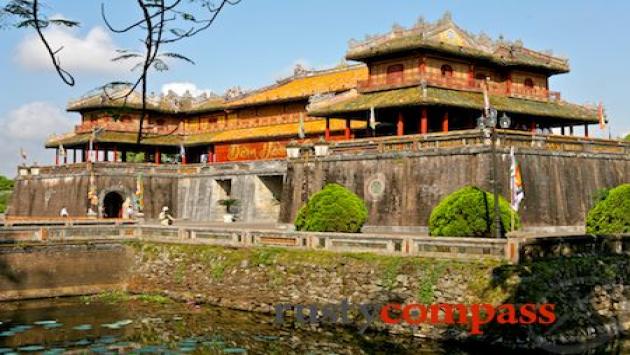
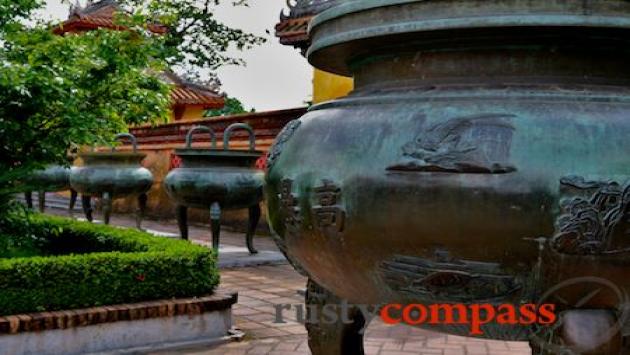
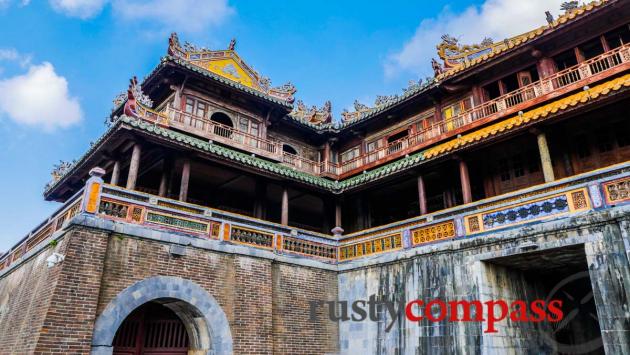
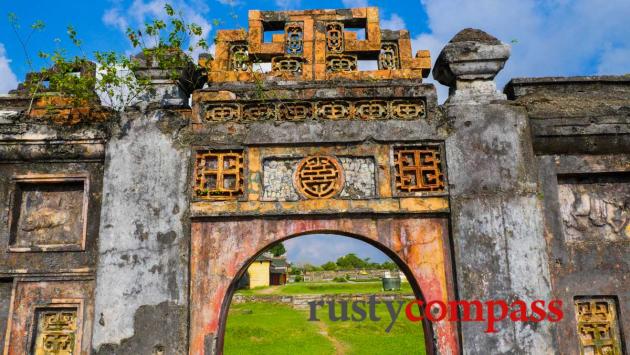
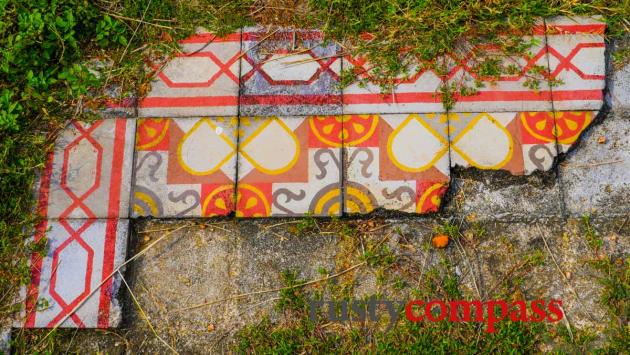
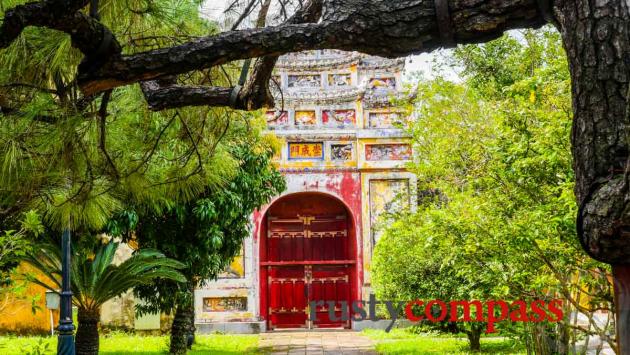
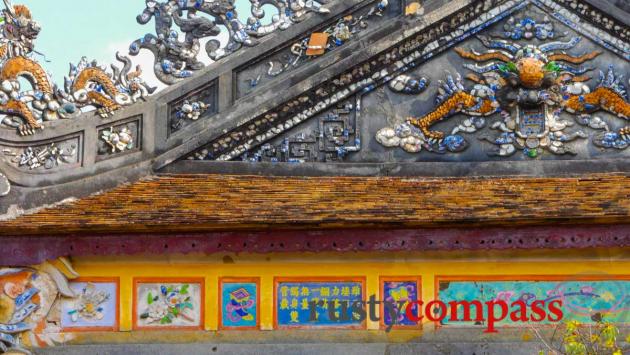
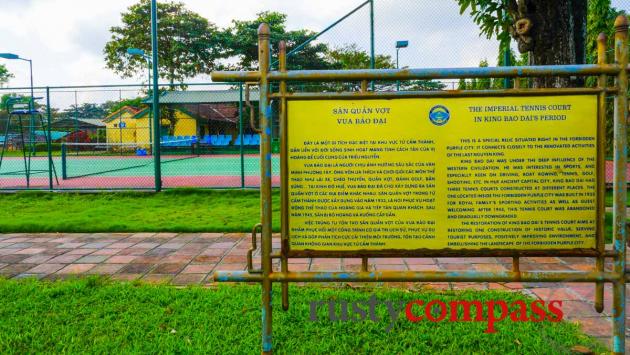








There are no comments yet.